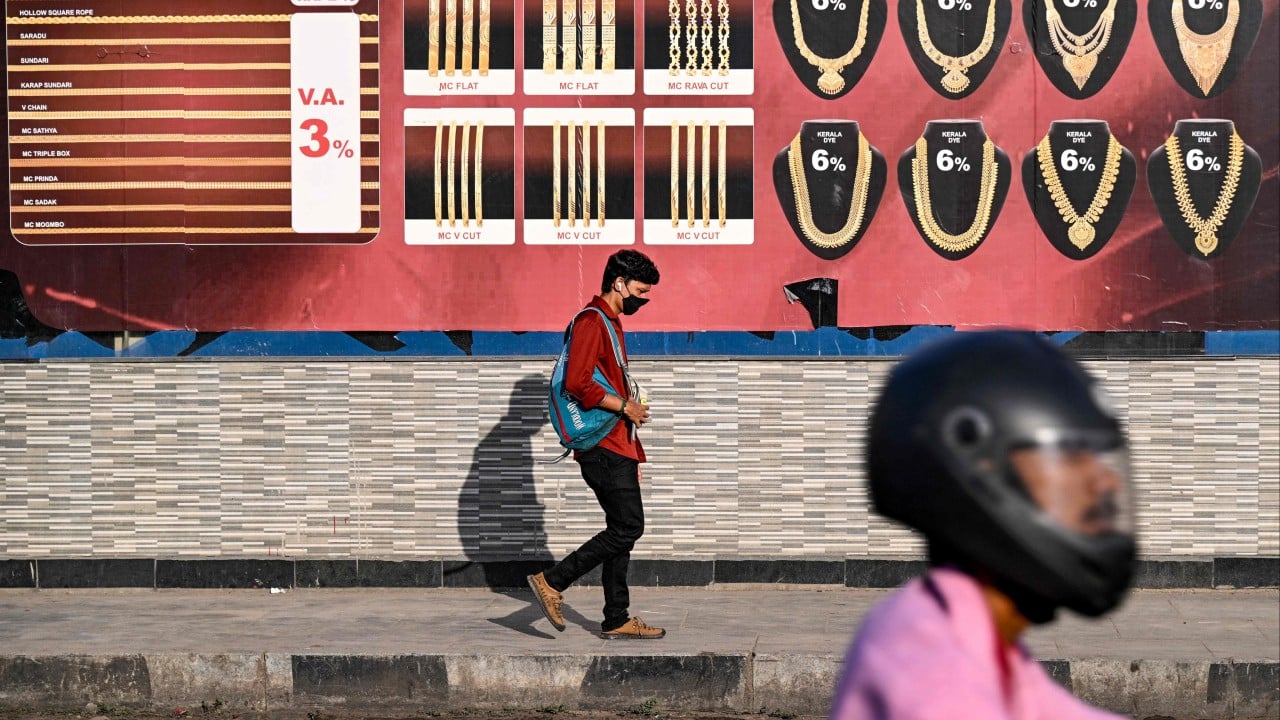The sudden escalation of US tariffs on Indian exports in August, first to 25 per cent and then doubled to 50 per cent, shook India’s export economy and sent shock waves through sectors dominated by micro, small and medium enterprises (MSMEs).
Advertisement
While diplomatic postures have softened and negotiation appears to be under way, the event shed light on something deeper: the MSME workforce, particularly the young, remains vulnerable to such global trade unrest. The turbulence caused by the tariff might ease, but the socioeconomic challenges it exposes are persistent.
India’s MSMEs are the bedrock of the country’s export economy. According to data published by the Directorate General of Commercial Intelligence and Statistics, MSME-related products accounted for more than 45 per cent of India’s total exports in the financial year 2023-24.
At the same time, government statistics indicate that the sector has provided jobs for 110 million people and has contributed about 30 per cent to India’s gross domestic product. Together, these numbers indicate that MSMEs have made a significant contribution to the Indian economy.
Many of these businesses are located in Tier 2 and 3 cities, driving economic activity through textile mills, auto component workshops, jewellery polishing clusters, handicraft centres and food processing units. In such cities, MSMEs can serve as the primary employers for young jobseekers entering the workforce.
Advertisement
Industry figures show that nearly US$10 billion of India’s textile and apparel exports were destined for the United States last year, accounting for nearly 30 per cent of the industry’s total trade. This makes prominent production hubs such as Tiruppur in Tamil Nadu, Panipat in Haryana and Ludhiana in Punjab highly vulnerable to US tariff volatility. For instance, Tiruppur alone faces a potential loss of around 6 billion rupees (US$72 million) in export value, with some manufacturers already suspending production amid rising tensions.


